
Technology
Latest News

Latest Videos

CME Content
More News

By making these retinal pigment epithelium (RPE) cells visible, researchers have created implications for early detection of disease and the monitoring of treatment response.

Topcon Healthcare launches IDHea, an innovative platform enhancing AI research and ocular data access to improve clinical outcomes in healthcare.

Outcomes from high myopia LASIK using the Teneo laser platform demonstrate strong visual stability and patient satisfaction, with reduced dysphotopsias and minimal reliance on cycloplegia or nomograms.

The Virtual Eye Simulation Analyzer is an AI-driven digital twin of the human eye designed to model aging and personalize presbyopia treatment across the lifecycle.

ZEISS Research Data Platform is a cloud-based, AI-driven solution designed to transform ophthalmic research workflows.
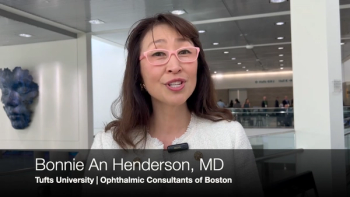
AI’s use in diagnostic tools, surgical guidance, and its ethical considerations in ophthalmology are transforming the field

Authors of the study believe this potential will provide clinicians with valuable information about patient responses to treatment.
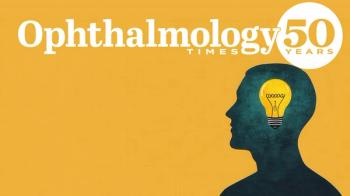
Celebrating a half-century of progress with Ophthalmology Times.

Updated guidelines characterize IOLs by functional performance over optical design.
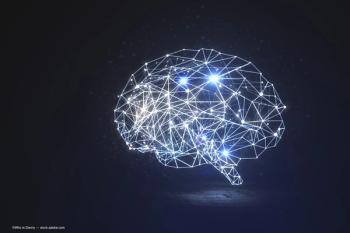
In their study, 16 ophthalmologists, including attending physicians and residents with levels of experience ranging from 1 to 9 years, were included.

The partnership will integrate Ocuco’s optical software solution, Acuitas 3, with Nextech’s Ophthalmic Platform.

Compensation techniques in swept-source optical coherence tomography angiography improve accuracy by correcting signal loss from drusen and other artifacts

Researchers introduce a multistage dual-branch network to improve accuracy and efficiency

Although it improved interdisciplinary communication, ongoing review and safety monitoring are necessary for successful clinical implementation.
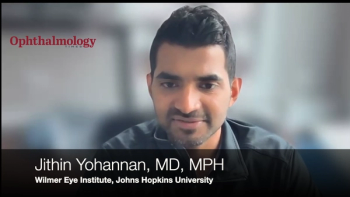
An AI model for target IOP prediction performs as well as glaucoma specialists, offering a promising tool to enhance glaucoma management, especially for nonspecialists.

Key parameters captured by the module include disc area, cup area, cup volume, minimal cup depth, maximum cup depth, cup/disc area ratio, rim absence angle, and disc-damage likelihood scale.

Inflammation and scarring are the primary obstacles with pirfenidone.

Sophisticated programs require an evolving mindset.

These tools help fill a gap that current technologies cannot achieve as effectively.

Emerging technologies, such as remote tonometry and genetic risk scoring, are revolutionizing glaucoma care by enabling earlier detection, personalized management, and more efficient use of resources.

Shameema Sikder, MD; and T. Y. Alvin Liu, MD, highlight the technology’s role in bridging challenges and successes for clinical practice.

At the Envision Summit 2025 in San Juan, Puerto Rico, retina program chairs Geeta Lalwani, MD, and Majda Hadziahmetovic, MD, discussed Hadziahmetovic's presentation on deep learning models of neovascular AMD as well as their time at the conference.
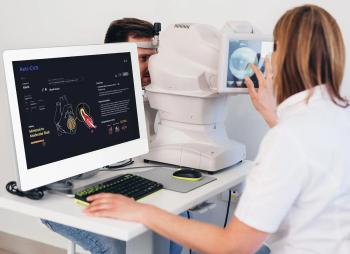
The UK-based company will debut the tool, called Dr.Noon CVD, at two conferences in March.
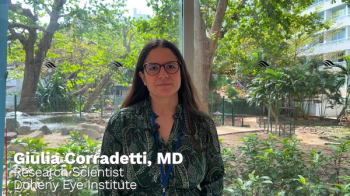
At the Envision Summit 2025 in San Juan, Puerto Rico, Giulia Corradetti, MD discussed AI applications in the identification and prediction of OCT structural biomarkers in intermediate AMD.

Nathan Congdon, MD, highlights a recent study showing how virtual mentor-mentee relationships through Orbis' free telemedicine and e-learning platform can significantly enhance care.







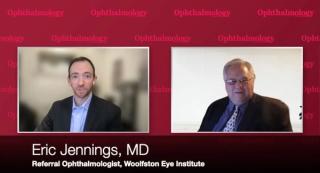
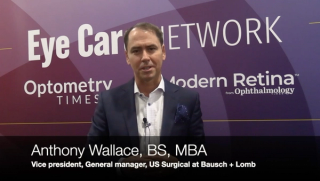

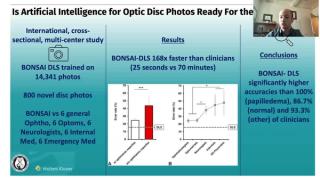


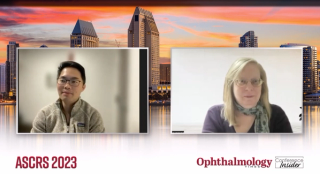














































.png)


